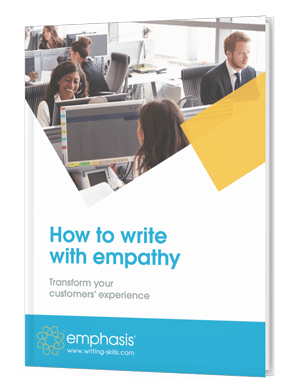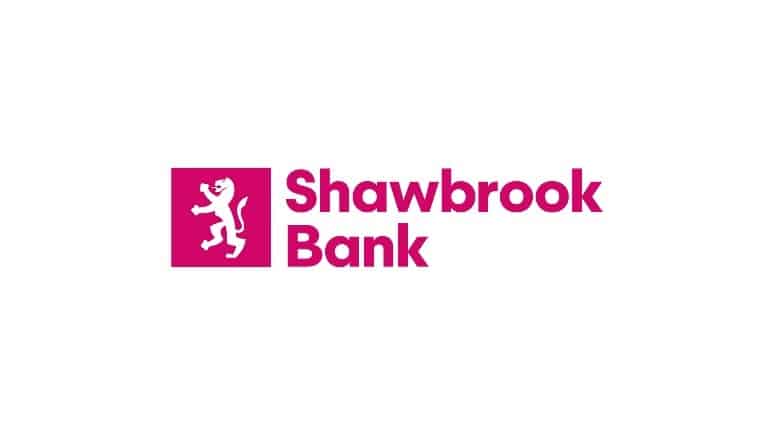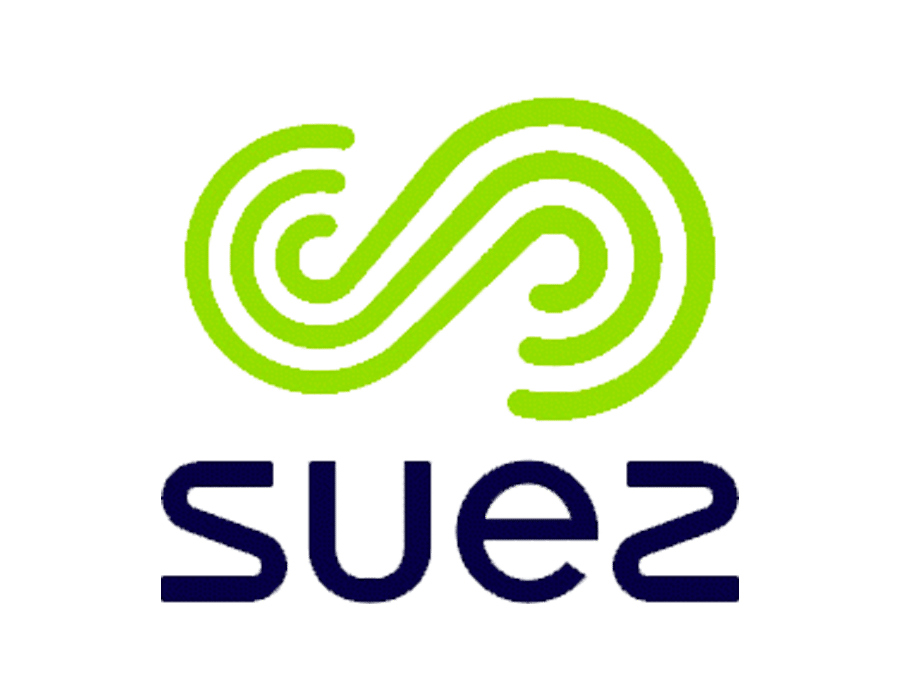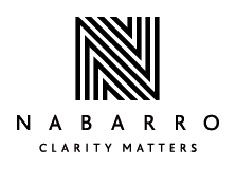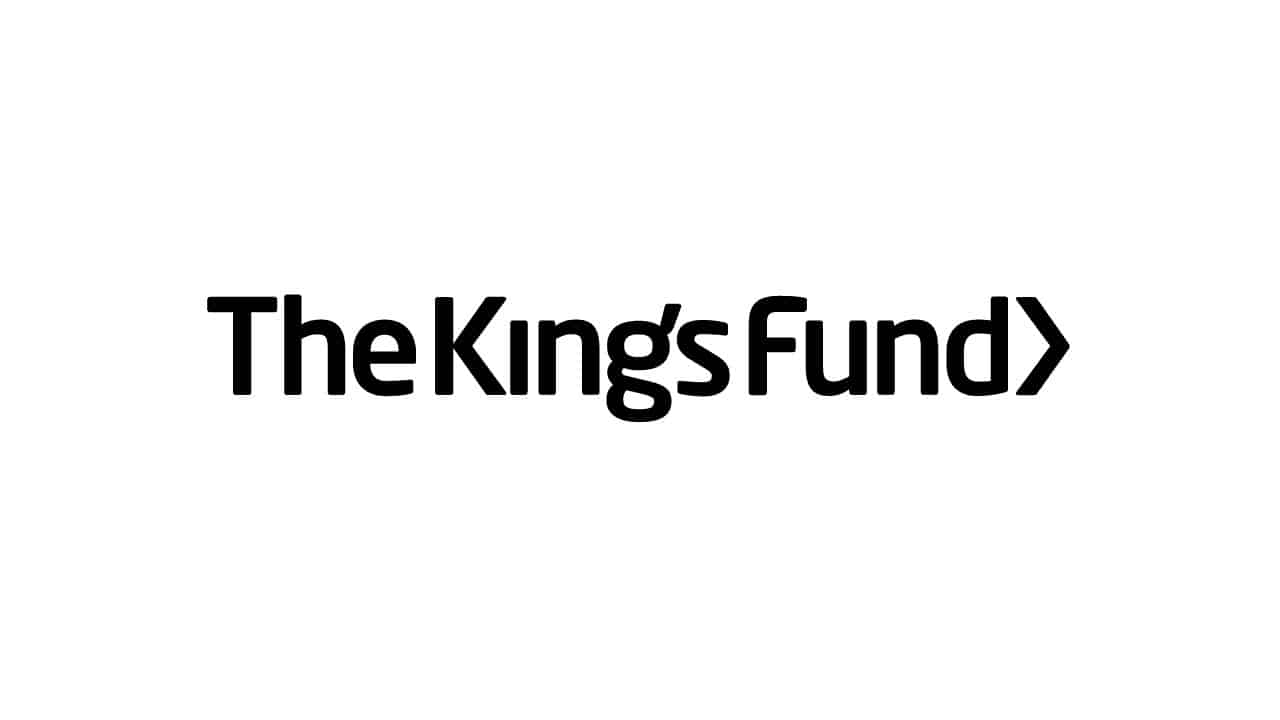Business report writing
Advice and resources to help you plan and write professional reports that do the job
Contents
Featured
How to write an executive summary for your board report – and why you should [with examples]
The problem with board report templates (and what you should do instead)
Why a list of bullets is not a report (and military writing could make you enemies)
How to conclude a report – like a rock star
Make your reports irresistibly interesting
Can you use the first person pronouns ‘I’ and ‘we’ in a report?
All articles

Writing a report for the board? Here’s what you need to know

How to write an executive summary for your board report – and why you should [with examples]

The problem with board report templates (and what you should do instead)

Why a list of bullets is not a report (and military writing could make you enemies)

How to conclude a report – like a rock star

Make your reports irresistibly interesting

Can you use the first person pronouns ‘I’ and ‘we’ in a report?

Turn your expert analysis into exceptional reports [webinar recording]

